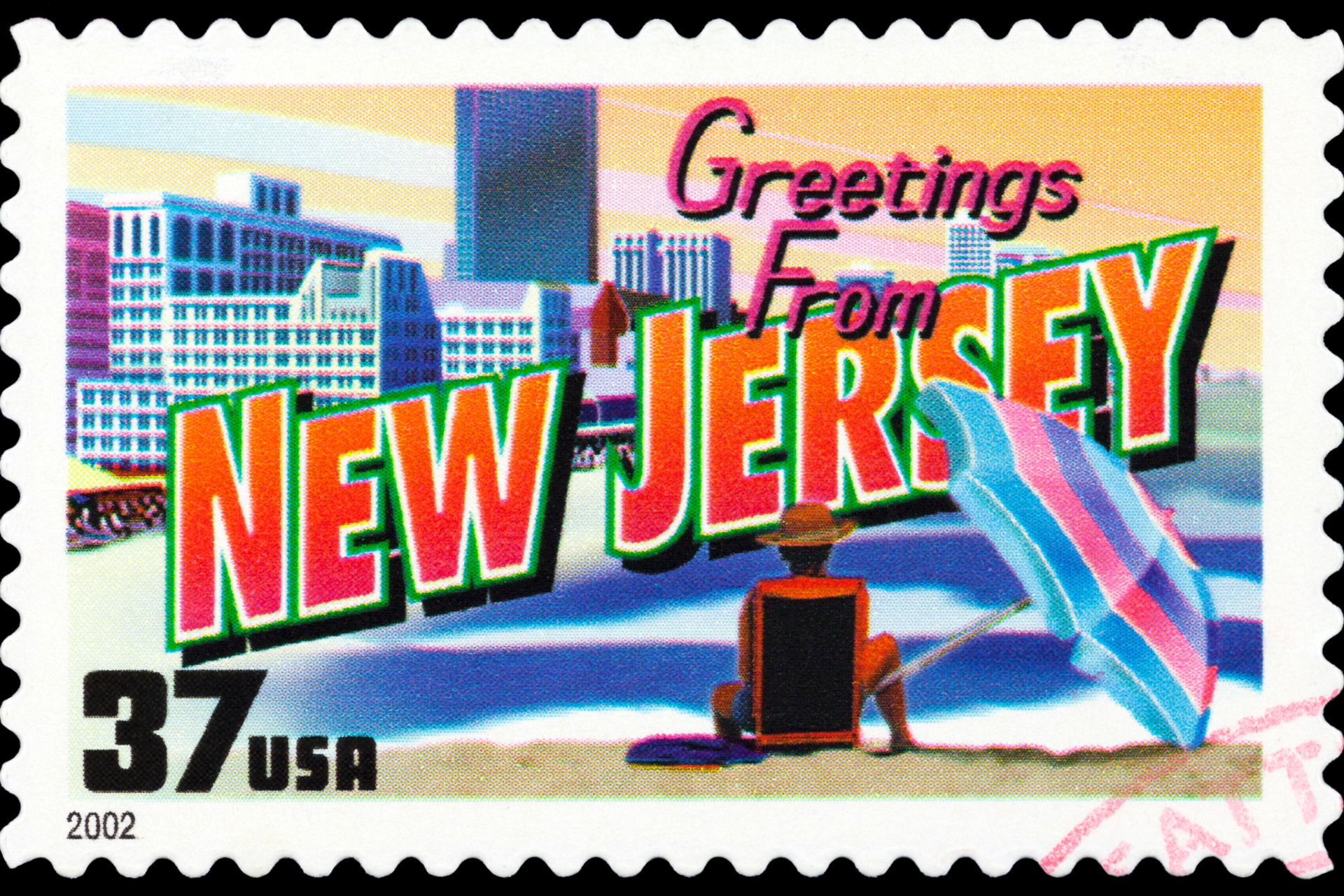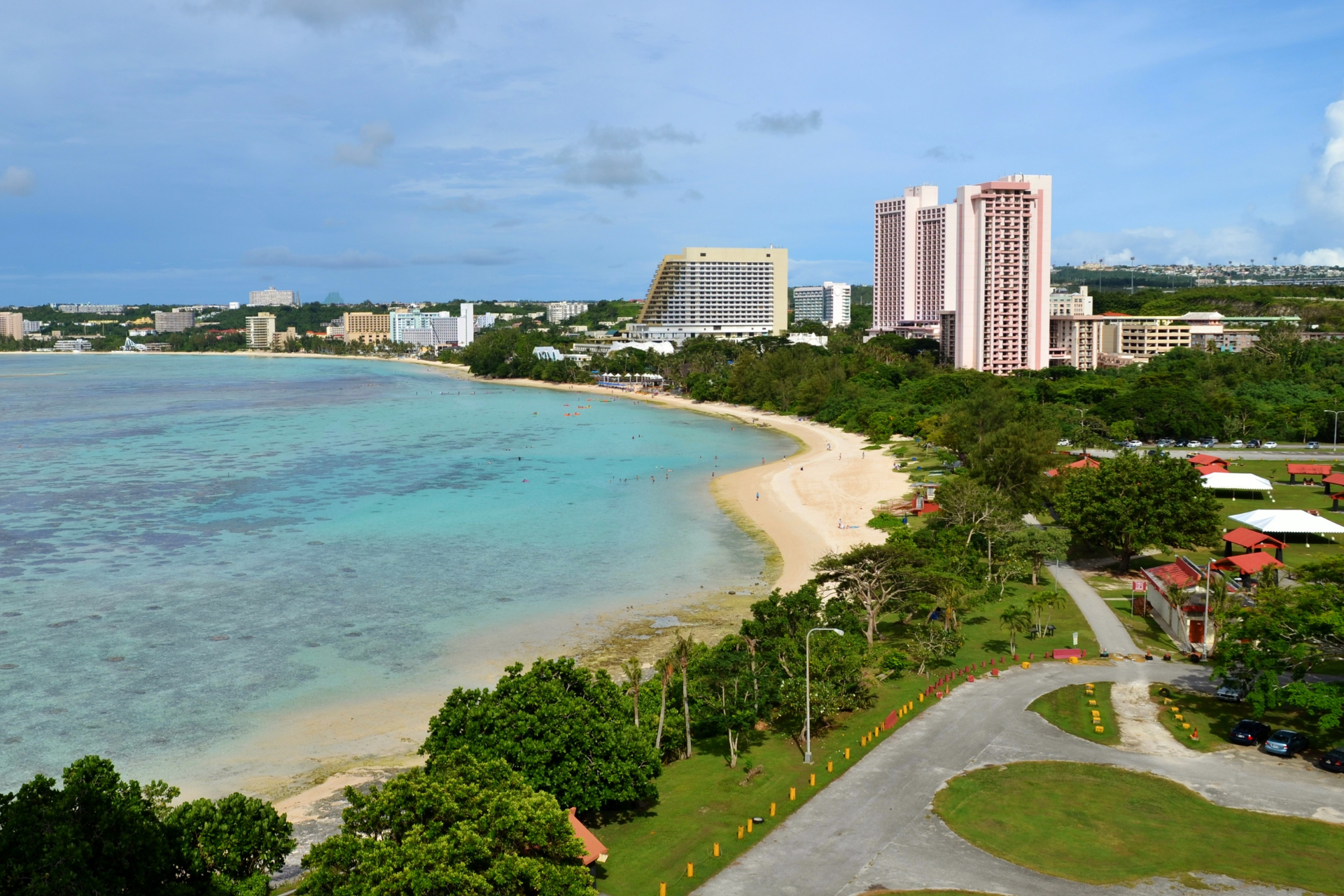A forthcoming article by Willie Santana in the Spring 2014 issue of the Tennessee Journal of Law & Policy examines Puerto Rico’s relationship with the United States and the history of U.S. territories in general.
Santana’s exploration of the path to statehood of the current states in the U.S. reveals a standard path followed by most states. As Santana points out, “the Northwest Ordinance of 1787 became the nation’s state formation system into the twentieth century… establish[ing] a three stage process culminating on admission to the union as a matter of right.” The stages in the system were the familiar ones of being governed first by the United States, then by a local government under the oversight of the federal government, and finally as a state.
Some other states followed “the Tennesee Plan,” a bolder path in which the territories, including Michigan and Alaska among others, sees territories actively seeking statehood rather than waiting for it to be conferred upon them.
Santana also discusses the concept of “unincorporated territories” – territories that are not on a path to statehood – created by the Insular Cases. In Downes v. Bidwell, one of the Insular Cases, Santana points out the Court’s observation that if citizenship were granted to the inhabitants of the new territories and their “children thereafter born, whether savages or civilized” it would result in “extremely serious” consequences.
Santana notes that these Insular Cases have continued to be used as the foundation of decisions about Puerto Rico, even though they are regularly identified as outmoded at best. He writes, “[T]he Court noted in Reid v. Covert, a case involving military servicemen overseas, that the scope of the Insular Cases was to facilitate the temporary government of the territories, and thus the doctrine did not have wider applicability. Therefore, unless a century-old exercise of sovereignty and rule can be regarded as temporary, the doctrine no longer applies.”
Sanatana also documents how the invasion of Puerto Rico by the U.S. was encouraged by Puerto Rico’s annexation movement, which later developed into the statehood movement. It was the expectation of this group that Puerto Rico, which had been under Spanish rule for four centuries, would soon become a state as other territories had.
The author also mentions the perspective of Puerto Rico’s Independence Party, pointing out that there are real concerns about Puerto Rico’s ability to support itself as an independent nation; that the diaspora has resulted in more Puerto Ricans living on the mainland than in Puerto Rico, so that the ties between Puerto Rico and the U.S. are strong in ways that may go beyond politics; and that Puerto Ricans do not want to give up their U.S. citizenship as the people of the Philippines had to when they gained independence in the 20th century.
Santana examines the idea of “enhanced commonwealth,” a proposal that has been declared incompatible with the U.S. Constitution many, many times, by many entities within the federal government. Santana makes a point of noting that the proposal’s “dual promises of sovereignty and continued birthright American citizenship are irreconcilable.” He goes on to say,
Further, it is an open question whether Congress would approve such a change, and why they would. From Congress’ point of view, Puerto Rico would remain a relatively expensive proposition with less federal oversight and without an obvious reason why it should support a basically independent state.
Santana points out that a similar proposal from Guam was also declared unconstitutional, because Congress has plenary power over the territories of the United States and can always make changes in its disposition of the territories. It is therefore impossible for a current Congress to make treaties with a territory which would be binding on a future Congress.
Santana goes on to discuss the statehood option. He mentions the concerns about statehood which are often discussed, including concerns about language, the Olympics, Miss Universe, and maintaining the culture of Puerto Rico, about which he says this:
The island opposition on the grounds of protecting the cultural integrity of Puerto Ricans, while laudable, fails to take into account that each state of the union is culturally distinct from the others. This cultural diversity existed at the time of the American Revolution and it remains a fact today. It is true that the distinct culture of some states is more accentuated than others, but it would be inaccurate to say that Hawaiians, New Yorkers, Texans and Louisianans are not culturally distinct from one other.
Santana also mentions the concerns which people on the mainland sometimes express about Puerto Rican statehood. Whereas the position of the U.S. on independence for Puerto Rico might not be relevant, the U.S. Congress would have to accept Puerto Rico as a state. The idea that Puerto Rico’s statehood might be too expensive for the U.S. and the fear that Puerto Rico’s admission could unbalance the U.S. government politically are both rejected as being unsupported by the facts. He writes:
The political opposition to the Puerto Rico’s admission to the island is also founded on shaky premises. Puerto Ricans on the island do not currently view politics from a Democrat or Republican point of view. Island politics have revolved around the issue of status for more than sixty years. Any attempt to predict how Puerto Ricans will fall along party lines would be futile. In fact, until 2012, the two highest offices in the island—the Governor and Resident Commissioner—were held by a Republican and a Democrat.
Santana concludes that statehood is the best choice for Puerto Rico:
It has been more than a century since American forces quietly landed on a beach in southern Puerto Rico and were received with cheers of “Viva Puerto Rico Americano.” Ninety-six years have passed since Puerto Ricans joined the brotherhood of citizenship with their continental counterparts. Four hundred thousand Puerto Ricans have served in the United States military and have risen to the highest levels of American society. Despite all of this, Puerto Ricans on the island remain sentenced to second-class citizenship. This situation is patently unfair to Puerto Ricans on the island, who have no vote in a Congress with plenary power over their affairs. The situation is also unfair to Americans on the mainland who largely subsidize Puerto Rico’s government… Ultimately, everyone involved is best served by a final resolution to this question, and that can only come through statehood or independence. Of those, statehood best respects the sacrifices made by Puerto Ricans in the past century and reflects the gradual but significant integration of the island into American society.
The issue of the Tennessee Journal of Law & Policy containing Santana’s article will reach subscribers later this month. Puerto Rico Report thanks the author for allowing us to excerpt his article here. Read the full article.



Like the article, but who is Willie Santana?
Willie Santana is a graduate of the University of Tennessee College of Law, currently working with the We the People Project. He is the author of the article discussed in this post.